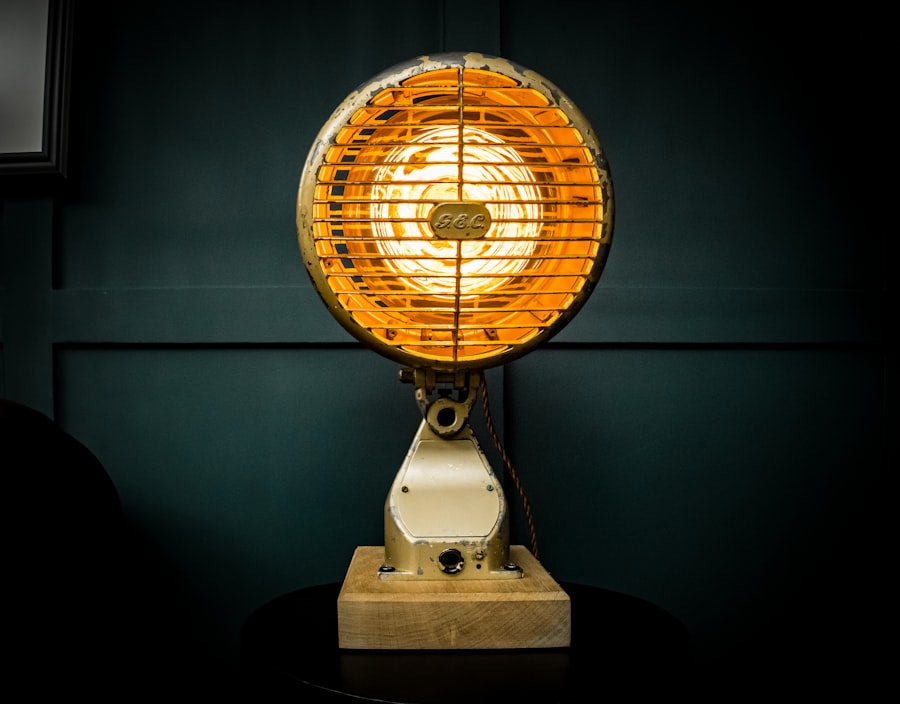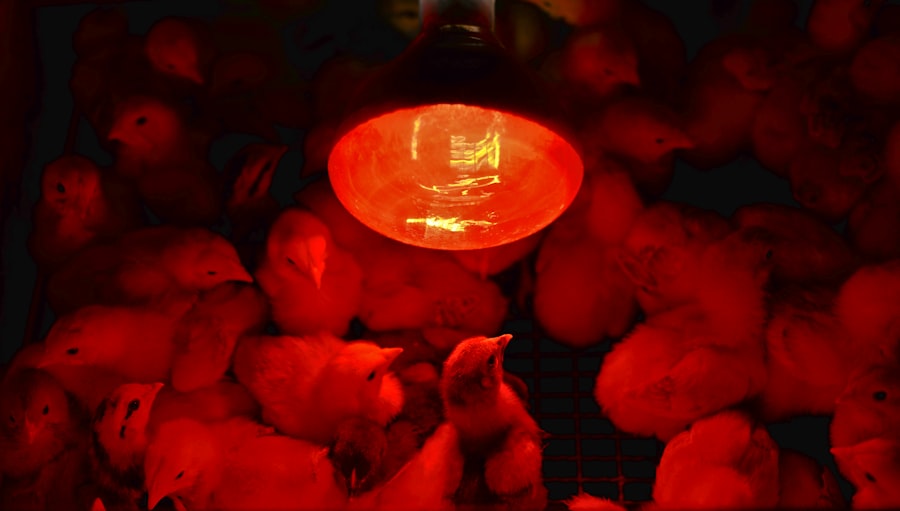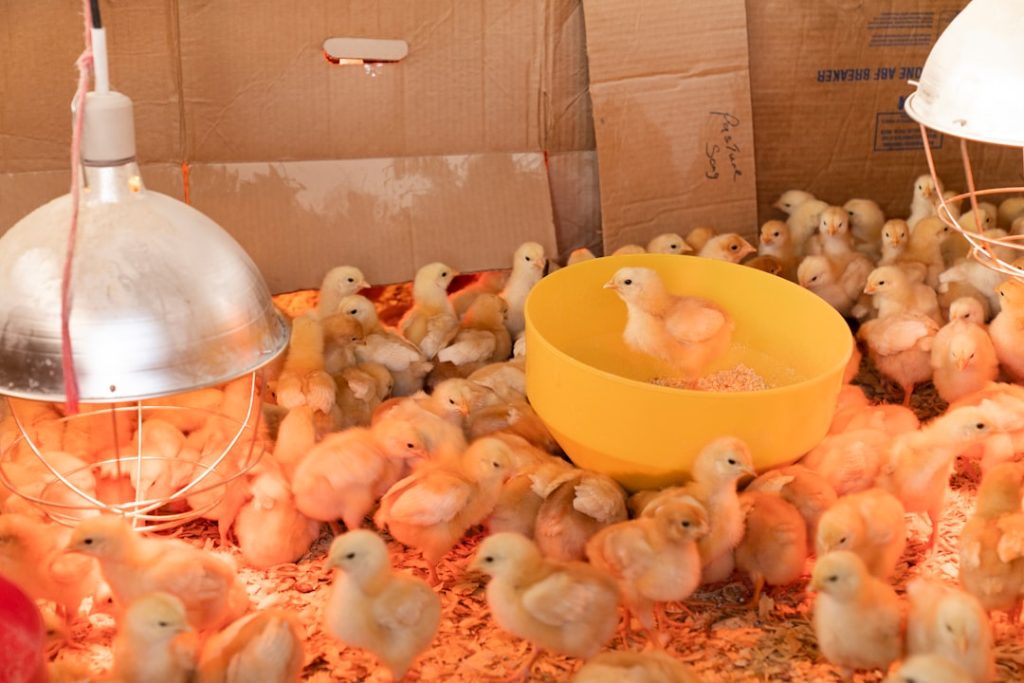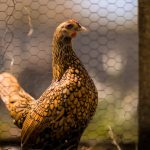Chickens possess remarkable cold tolerance due to several physiological adaptations. Their feathers provide insulation, while their higher body temperature of approximately 105°F (40.6°C) aids in heat retention. Chickens can fluff their feathers to create an additional insulating air layer.
They also instinctively roost together at night, sharing body heat for warmth. Generally, chickens are more cold-hardy than heat-tolerant, capable of withstanding temperatures below freezing if kept dry and sheltered from drafts. However, cold tolerance varies among breeds.
Cold-hardy breeds such as Plymouth Rock, Orpington, and Wyandotte are better suited for colder climates, while Mediterranean breeds like Leghorns and Minorcas may struggle in low temperatures. Chicken owners should consider their specific breed’s cold tolerance when providing winter care. Understanding these natural adaptations and breed-specific needs enables owners to maintain their flock’s health and comfort during colder months.
Table of Contents
- 1 How to provide the right shelter for chickens in winter
- 2 Tips for keeping chickens warm without overheating
- 3 Feeding and nutrition considerations for winter
- 4 Health and wellness checks for chickens in cold weather
- 5 Common winter ailments and how to prevent them
- 6 The benefits of keeping chickens warm in winter
- 7 FAQs
- 7.1 What are the temperature requirements for chickens in the winter?
- 7.2 Do chickens need supplemental heat during the winter?
- 7.3 What are the risks of using supplemental heat for chickens in the winter?
- 7.4 How can I help my chickens stay warm in the winter?
- 7.5 What are some signs that my chickens are too cold in the winter?
Key Takeaways
- Chickens have a natural cold hardiness, but it can be affected by factors such as breed, age, and health status
- Providing a well-insulated and draft-free shelter is crucial for keeping chickens warm in winter
- Use heat lamps or heated waterers sparingly to avoid overheating and potential fire hazards
- Adjust the chickens’ diet to include more high-energy foods and consider adding supplements to support their immune system
- Regularly check for signs of frostbite, respiratory issues, and other cold-related ailments to ensure the health and wellness of your chickens in winter
- Common winter ailments in chickens include frostbite, respiratory infections, and decreased egg production, which can be prevented with proper care and attention
- Keeping chickens warm in winter can lead to improved egg production, overall health, and reduced risk of cold-related illnesses
How to provide the right shelter for chickens in winter
Insulation and Draft Prevention
The chicken coop should be well-insulated to protect against cold drafts and retain heat. Insulating the walls and ceiling of the coop can help to maintain a comfortable temperature inside. Additionally, sealing any gaps or cracks in the coop will prevent drafts from chilling the birds.
Ventilation and Moisture Control
It’s also important to ensure that the coop is well-ventilated to prevent moisture buildup, which can lead to frostbite and respiratory issues. Ventilation should be located high up in the coop to allow for air exchange without creating drafts at ground level where the chickens roost.
Bedding and Roosting Essentials
In addition to insulating the coop, providing adequate bedding is essential for keeping chickens warm in winter. Deep bedding made of straw or wood shavings can provide insulation from the cold ground and help to retain heat in the coop. The bedding should be kept clean and dry to prevent moisture buildup, which can lead to frostbite and respiratory issues. It’s also important to provide roosting bars for the chickens to perch on at night. The bars should be wide enough for the chickens to comfortably grip with their feet and positioned higher up in the coop to keep them away from the cold floor.
Tips for keeping chickens warm without overheating

While it’s important to keep chickens warm in winter, it’s equally important to prevent them from overheating. Chickens can be surprisingly resilient in cold weather, but they are also susceptible to overheating if they are not provided with the right conditions. One way to prevent overheating is to avoid using heat lamps in the coop.
While it may seem counterintuitive, heat lamps can actually increase the risk of fire and cause chickens to become dependent on artificial heat. Instead, focus on insulating the coop and providing adequate bedding to keep the birds warm naturally. Another tip for keeping chickens warm without overheating is to provide plenty of ventilation in the coop.
While it may seem counterintuitive to let cold air into the coop, proper ventilation is essential for preventing moisture buildup, which can lead to frostbite and respiratory issues. Ventilation should be located high up in the coop to allow for air exchange without creating drafts at ground level where the chickens roost. Additionally, providing access to fresh air during the day by allowing chickens to free-range or spend time in a well-ventilated outdoor run can help prevent overheating in the coop.
By focusing on natural insulation, proper ventilation, and access to fresh air, chicken owners can keep their flock warm without risking overheating.
Feeding and nutrition considerations for winter
Feeding and nutrition considerations are crucial for keeping chickens healthy and warm during the winter months. As temperatures drop, chickens require more energy to stay warm, so it’s important to adjust their diet accordingly. Providing a high-quality layer feed with increased protein content can help chickens maintain their body temperature and stay healthy in cold weather.
Additionally, offering supplemental treats like cracked corn or black oil sunflower seeds can provide extra energy and warmth for the birds. In addition to adjusting their diet, it’s important to ensure that chickens have access to fresh water at all times. In cold weather, water sources can freeze quickly, so it’s important to check waterers frequently and provide a heated waterer or use a heated base to prevent freezing.
Dehydration can lead to decreased egg production and other health issues, so it’s crucial to keep chickens well-hydrated throughout the winter. Finally, providing access to grit and oyster shell can help chickens digest their food properly and maintain strong eggshells during the winter months. By adjusting their diet, ensuring access to fresh water, and providing essential supplements, chicken owners can help their flock stay healthy and warm throughout the winter.
Health and wellness checks for chickens in cold weather
Performing regular health and wellness checks is essential for keeping chickens healthy in cold weather. Cold temperatures can exacerbate existing health issues and make chickens more susceptible to illness, so it’s important to monitor their condition closely throughout the winter months. One key aspect of health checks is monitoring for signs of frostbite.
Chickens’ combs, wattles, and feet are particularly vulnerable to frostbite, so it’s important to check these areas regularly for signs of discoloration or swelling. Additionally, monitoring for signs of respiratory issues such as coughing or wheezing can help identify potential health problems early on. Another important aspect of health checks is monitoring egg production.
Cold weather can decrease egg production in chickens, so it’s important to keep track of how many eggs are being laid each day. A sudden decrease in egg production can be a sign of stress or illness in the flock. Additionally, monitoring for signs of lethargy or decreased activity can help identify potential health issues early on.
By performing regular health and wellness checks, chicken owners can identify potential issues early on and take steps to keep their flock healthy throughout the winter.
Common winter ailments and how to prevent them

Frostbite Prevention
One common issue that chickens may experience during winter is frostbite. This occurs when their combs, wattles, or feet are exposed to freezing temperatures for an extended period. To prevent frostbite, it’s essential to provide adequate insulation in the coop and protect chickens from drafts. Applying petroleum jelly or a similar protective balm to vulnerable areas can also help prevent frostbite by creating a barrier against the cold.
Respiratory Issues
Another common winter ailment in chickens is respiratory issues, which can be exacerbated by cold temperatures and poor ventilation in the coop. To prevent respiratory issues, it’s crucial to ensure that the coop is well-ventilated and free from drafts. Keeping the coop clean and dry can also help prevent moisture buildup, which can lead to respiratory issues.
Providing Fresh Air and Exercise
Providing access to fresh air during the day by allowing chickens to free-range or spend time in a well-ventilated outdoor run can also help prevent respiratory issues. This not only helps to improve ventilation but also provides chickens with essential exercise and mental stimulation during the winter months.
The benefits of keeping chickens warm in winter
Keeping chickens warm in winter offers several benefits for both the birds and their owners. Firstly, maintaining a comfortable temperature in the coop can help prevent illness and stress in the flock. Cold temperatures can decrease egg production and make chickens more susceptible to health issues, so providing a warm environment is crucial for keeping them healthy throughout the winter months.
Additionally, keeping chickens warm in winter can help maintain egg production. Cold temperatures can decrease egg production in chickens, so providing a comfortable environment with adequate insulation and bedding can help ensure that hens continue laying eggs consistently throughout the winter. Finally, keeping chickens warm in winter can also benefit their owners by reducing heating costs.
By providing a well-insulated coop with adequate bedding and roosting bars, chicken owners can minimize heating expenses while still ensuring that their flock stays warm and comfortable throughout the winter months. In conclusion, understanding the cold hardiness of chickens is crucial for providing proper care during the winter months. By providing the right shelter, preventing overheating, adjusting feeding and nutrition, performing regular health checks, preventing common winter ailments, and reaping the benefits of keeping chickens warm in winter, chicken owners can ensure that their flock stays healthy and comfortable throughout the colder months.
With proper care and attention to their specific needs, chickens can thrive even in chilly temperatures and continue providing eggs for their owners year-round.
If you’re wondering whether you need to keep chickens warm during the winter, you may also be interested in learning about the incubation period for goose eggs. Check out this article to find out more about breeding geese and the process of hatching their eggs. Understanding the needs of different poultry during different seasons can help you provide the best care for your birds.
FAQs
What are the temperature requirements for chickens in the winter?
Chickens are generally comfortable in temperatures ranging from 45-85°F (7-29°C). However, they can tolerate lower temperatures if they are acclimated to them gradually.
Do chickens need supplemental heat during the winter?
In most cases, chickens do not need supplemental heat during the winter. Their feathers provide insulation, and they are able to generate body heat by eating more and fluffing up their feathers.
What are the risks of using supplemental heat for chickens in the winter?
Using supplemental heat for chickens can pose fire hazards, as well as cause chickens to become dependent on the heat source. This can make them less able to tolerate cold temperatures.
How can I help my chickens stay warm in the winter?
To help chickens stay warm in the winter, provide them with a draft-free and well-ventilated coop, plenty of bedding for insulation, and access to fresh water that is not frozen. Additionally, feeding them high-energy foods can help them generate more body heat.
What are some signs that my chickens are too cold in the winter?
Signs that chickens may be too cold in the winter include huddling together, shivering, reduced egg production, and frostbite on their combs and wattles. If you notice these signs, it may be necessary to make adjustments to their living conditions.
Meet Walter, the feathered-friend fanatic of Florida! Nestled in the sunshine state, Walter struts through life with his feathered companions, clucking his way to happiness. With a coop that’s fancier than a five-star hotel, he’s the Don Juan of the chicken world. When he’s not teaching his hens to do the cha-cha, you’ll find him in a heated debate with his prized rooster, Sir Clucks-a-Lot. Walter’s poultry passion is no yolk; he’s the sunny-side-up guy you never knew you needed in your flock of friends!







